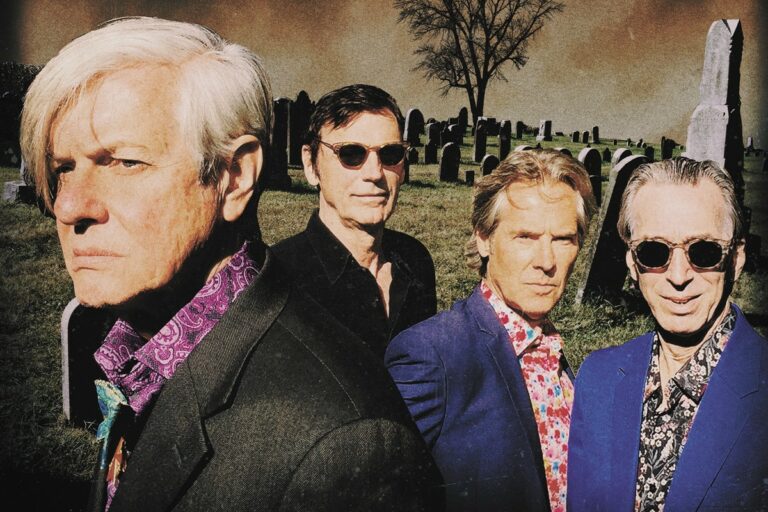
THE FLESHTONES
In agreement with JOSTONE TRAFFIC
Booking : jeanluc@jostonetraffic.com
In a world where there are no more heroes, the Fleshtones walk the earth like Roman gods.
Since their inception in 1976 in Queens, New York, and their sweaty, boozy gestation at legendary venues such as CBGB, Max’s Kansas City, and the storied Club 57— recently feted at the Museum of Modern Art, where their proto-video underground film“Soul City” was unspooled for art stars, glitterati, and a raft of punk rockers who managed to get past the front gate — they have perpetrated their proprietary brand of SUPER ROCK, a frenetic amalgam of garage punk and soul, punctuated by the big beat and unleashed with the spectacular show business majesty which has kept them on the road for over forty years, adored by audiences whose love for them borders on religious fervor.
And yet their new record, Face of the Screaming Werewolf, has charted faster than any of their previous twenty or so releases, hitting Billboard’s Top 50 in half a dozen categories including, oddly, the Top Ten of “Alternative New Artists,” which just proves, again, that SUPER ROCK shows no signs of wear and tear.
Face of the Screaming Werewolf is a smash that could have dropped at any point in their epic career — it is an outburst, and a celebration of the SUPER ROCK sound. Unlike erstwhile pioneers the Rolling Stones, they have not dialed down the tempos to compensate for osteoporosis, they have not lost anything on their fastball, and continue to throw it for strikes.
The secret to the Fleshtones’ success has been never copping the sound of another era — the closest they come is an uncanny ability to look good in paisley — while barely acknowledging the times in which they live.
